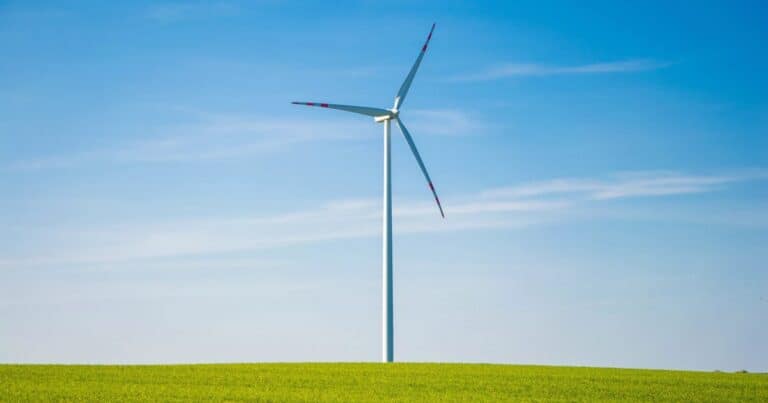With the recent COP21 agreement, the focus is back once more on climate change and global efforts to reducing CO2emissions. As the full implication of this deal gets transcribed – the fundamental impact is clear – immediately and significantly reduce CO2 emissions or we no longer have the chance to cap the global rise in temperatures this century.
Here is a five-step process supply chain managers can embark upon to reduce carbon emissions from their supply chains:
Step 1 – Carbon Footprinting:
As a first step, supply chain managers need to model their current supply chain operations specifically keeping CO2emissions in mind. With emissions data getting more accurate by the day, supply chain managers can quickly establish a quantitative baseline of emissions from their entire supply chain operations and start measuring the climate change impact of their daily operations.
Step 2 – Explore alternatives:
Supply chain operations in most respect encompass 3 key value processes – (i) Production, (ii) Transportation, and (iii) Infrastructure (DC’s, warehouses, stores). True reduction in emissions will come from changes made to the means of production, the modes of transportation, or the type and location of infrastructure.
Supply chain managers should comprehensively explore alternatives within each of these 3 key processes. For production it could be exploring alternative power sources (wind, gas, solar), different raw materials, alternative production processes and/or vendor sources. For transportation it could be fleet changes (hybrid vehicles), changes in modes and methods (trucks to trains, planes to ships, or adoption of true intermodal) or changes in shipment policies (frequency, utilization). For infrastructure the changes could include inventory consolidation, cross-docking or other lean supply chain practices.
Step 3 – What if Analysis:
Take the multiple combinations and permutations of your process alternatives and model them into your baseline supply chain plan. Every change you make will have a corresponding effect on your supply chain. For example a switch from trucks to trains will likely decrease the responsiveness of your supply chain leading to additional inventory and less frequent shipments potentially requiring larger storage facilities which could very well offset the carbon savings from the switch in transportation modes.
The goal of the what-if analysis is to analyze the maximum carbon savings available and the different tradeoffs to the business. Running this analysis helps you build a comprehensive understanding of the marginal importance of each ton of emissions to your business and help you identify the right approach to cutting your CO2 emissions.
Step 4 – Build Consensus:
Similar to the S&OP process – collaborate with your sustainability, finance, and marketing colleagues and figure out your business goals and targets. Having an understanding of carbon pricing, impact of upcoming legislations and the marketing value of sustainability actions will build an organizational strategy around emissions reductions that you can help plan and then execute.
Step 5 – Optimize and Plan:
Leverage your supply chain planning platform, the carbon data and the alternatives you explored to optimize your operations going forward. Build CO2 emissions either as a constraint or an objective function in your planning model and execute daily supply chain operations with the target CO2 emission in mind.
By incorporating emissions into your planning process, you can make smarter decisions every day that help save the planet and make your business more planet-friendly, efficient and profitable.








